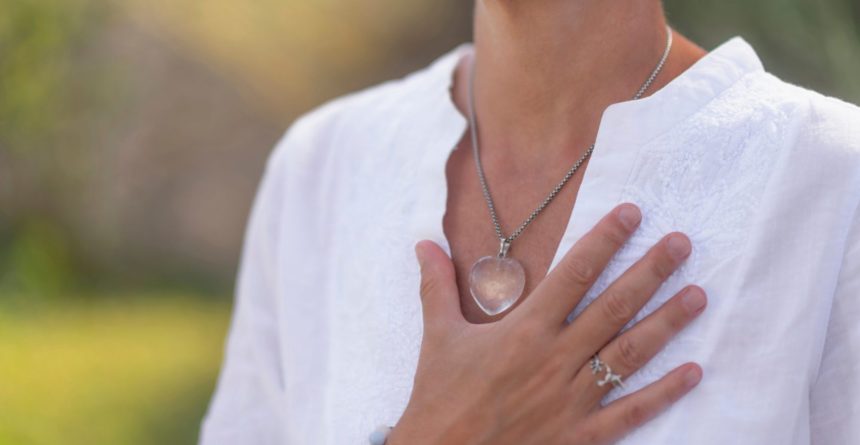Anxiety’s Physical Symptoms: Understanding,Coping, and Relief
January 20, 2023

As you sit in your chair, you begin to feel your heart race and your palms sweat. Your chest tightens, making it hard to take a deep breath. Your stomach churns and you feel a knot forming in the pit of your stomach. These are all physical symptoms of anxiety.
Physical Symptoms Of Anxiety
Anxiety can manifest itself in a variety of ways, and for many people, it can feel like a physical illness. Anxiety attacks can cause intense physical symptoms, such as chest pain, heart palpitations, shortness of breath, and stomach problems. These symptoms can be so severe that they may lead you to believe that you are having a heart attack or other serious medical issue.
But anxiety can also make you feel sick in other ways. You may experience headaches, muscle tension, fatigue, and difficulty sleeping. You may also feel lightheaded or dizzy, and you may have trouble concentrating.
Stress and Anxiety Symptoms
Stress can also cause physical symptoms, but it is not the same as anxiety. Stress is a normal response to a challenging situation, such as a deadline at work or a difficult conversation with a loved one. Anxiety, on the other hand, is a persistent feeling of worry or fear that is not always related to a specific event or situation.
How To Relieve Physical Symptoms Of Anxiety
So, how can you relieve the physical symptoms of anxiety? One of the most effective ways is through therapy. A therapist can help you learn coping mechanisms and techniques to manage your anxiety. They may also recommend medications to help alleviate your symptoms. Additionally, regular exercise, eating a healthy diet, getting enough sleep, and practicing mindfulness can also help to reduce anxiety symptoms.
If you are experiencing physical symptoms of anxiety or stress, please reach out to us. A therapist can help you to understand and manage your feelings, and to develop effective strategies for coping with anxiety and stress. In the end, it can lead to an overall better quality of life.


